Search the Special Collections and Archives Portal
Search Results
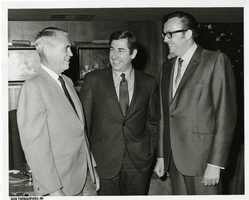
Photograph of Mayor Oran K. Gragson, Alaska Senator Mike Gravel, and John H. Meier of the Hughes-Nevada Corporation, April 13, 1969
Date
Archival Collection
Description
Image
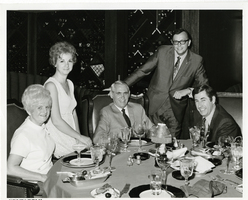
Photograph of Mayor Oran K. Gragson and his wife Bonnie enjoying dinner at the Frontier Hotel and Casino, Las Vegas, Nevada, April 13, 1969
Date
Archival Collection
Description
Image
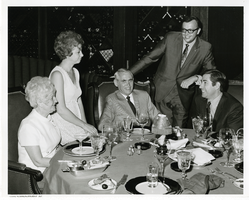
Photograph of Mayor Oran K. Gragson and his wife Bonnie enjoying dinner at the Frontier Hotel and Casino, Las Vegas, Nevada, April 13, 1969
Date
Archival Collection
Description
Image
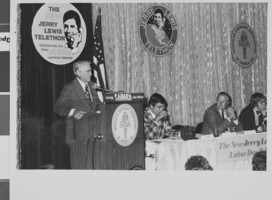
Photograph of Mayor Oran K, Gragson speaking at the pre-telethon production meeting, Las Vegas, Nevada, 1974
Date
Archival Collection
Description
Image
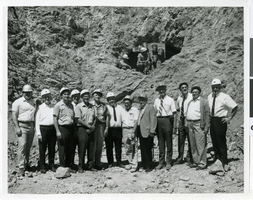
Photograph of Key federal, state and contractor representatives who were on hand when the mole broke through the tunnel, Las Vegas, Nevada, 6-26-69
Date
Archival Collection
Description
Image
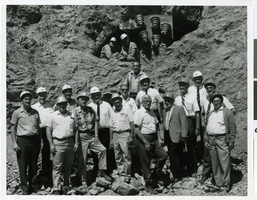
Photograph of Key federal, state and contractor representatives who were on hand when the mole broke through the tunnel, Las Vegas, Nevada, 6-26-69
Date
Archival Collection
Description
Image
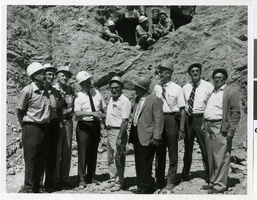
Photograph of Key federal, state and contractor representatives who were on hand when the mole broke through the tunnel, Las Vegas, Nevada, 6-26-69
Date
Archival Collection
Description
Image

Letter and envelope from Mary Etta Syphus, Provo City, Utah to John M Bunker, Logan City, Utah
Date
Archival Collection
Description
From the Syphus-Bunker Papers (MS-00169). The folder contains an original handwritten letter, an envelope, a typed transcription of the same letter, and a copy of original letter attached.
Text
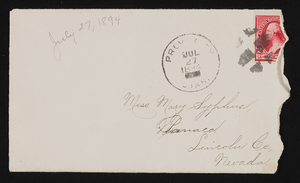
Letter and envelope from Rose Young, Provo City, Utah to Mary Etta Syphus, Panaca, Nevada
Date
Archival Collection
Description
From the Syphus-Bunker Papers (MS-00169). The folder contains an original handwritten letter, an envelope, a typed transcription of the same letter, and a copy of original letter attached.
Text
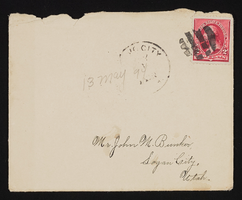
Letter and envelope from Mary Etta Syphus, Provo, Utah to John M. Bunker, Logan Utah
Date
Archival Collection
Description
From the Syphus-Bunker Papers (MS-00169). The folder contains an original handwritten letter, an envelope, a typed transcription of the same letter, and a copy of original letter attached.
Text
